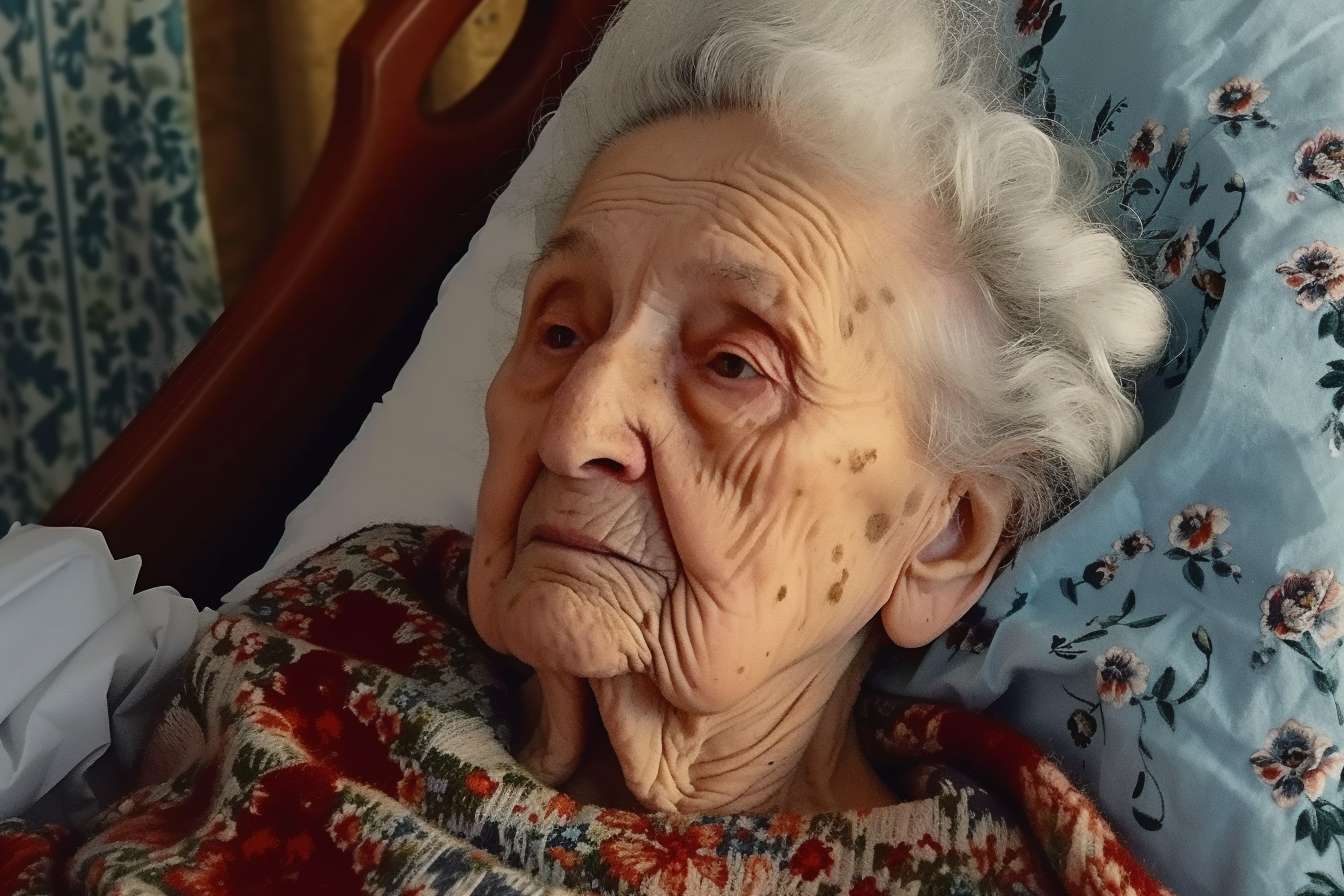Senior Living Options: A Practical Guide for Families
Choosing senior living is a major life decision that blends practical needs with personal preferences. Whether you’re planning proactively or responding to a recent change in health or mobility, understanding the spectrum of care, what to look for in communities, and how to research options in your area will help you make a confident, well-informed choice that supports safety, independence, and quality of life.

This article is for informational purposes only and should not be considered medical advice. Please consult a qualified healthcare professional for personalized guidance and treatment.
What senior living means today
Senior living is an umbrella term for a range of housing and care options designed for older adults, from fully independent lifestyles to comprehensive support. Common models include independent living communities focused on convenience and social connection; assisted living for daily support with tasks like bathing and medication; memory care for residents with cognitive changes; and skilled nursing for complex medical needs. Some organizations offer continuing care retirement communities that allow residents to move between levels of care over time. The right fit depends on health, preferences, budget, and location.
Signs it might be time to plan
Planning early helps families make thoughtful choices instead of rushed decisions. Consider exploring options when you notice changes such as increased falls, difficulty managing medications, missed appointments, poor nutrition, or withdrawal from social activities. Caregiver fatigue and a home that no longer supports safe mobility (like steep stairs or narrow bathrooms) are also indicators. A simple way to assess needs is to review activities of daily living (ADLs) such as dressing and bathing, and instrumental activities (IADLs) like cooking and managing finances. A needs assessment from a healthcare professional can clarify the level of support required.
Care levels and community types
Understanding the differences between community types helps narrow your search:
-
Independent living: Apartment-style living with amenities like housekeeping, dining options, and social programs. Ideal for active adults who want a maintenance-free lifestyle.
-
Assisted living: Adds daily support such as personal care, medication management, and scheduled transportation while preserving autonomy.
-
Memory care: Secure settings with staff trained in dementia support, structured routines, and sensory-friendly environments.
-
Skilled nursing: 24/7 medical oversight for complex conditions, rehabilitation, or long-term nursing care.
-
Short-stay and respite: Temporary support that gives family caregivers a break or helps after a hospital stay.
-
Continuing care (life plan) communities: A single campus that offers multiple levels of care, allowing residents to “age in place” as needs evolve.
Regulations, terminology, and staffing standards vary by country and region. Always verify licensing, inspection reports, and staff qualifications in your area.
Using bulk_create_keyword in research
If you encounter the term bulk_create_keyword in senior living content or templates, treat it as a placeholder rather than a meaningful search phrase. Replace it with specific, helpful terms such as “assisted living communities,” “memory care residences,” or “independent senior apartments.” When searching online, combine the service type with your city or region to surface relevant local services. Refine results by adding features that matter to you, like “pet-friendly,” “wheelchair accessible,” or “24-hour nursing.” Pair online research with direct conversations, virtual tours, and on-site visits to validate marketing claims and get a feel for daily life in each community.
How to evaluate local services
Once you have a shortlist, use a consistent framework to compare options:
-
Care and staff: Ask about care assessments, staff-to-resident ratios, training in dementia or fall prevention, and overnight coverage.
-
Safety and wellness: Review emergency response, infection control, medication management, and policies for incidents or hospital transfers.
-
Living spaces and amenities: Check room layouts, accessibility, natural light, noise levels, outdoor areas, and maintenance standards.
-
Food and social life: Sample meals if possible and review calendars for events, clubs, cultural activities, and transportation to community outings.
-
Family involvement: Understand communication practices, visiting guidelines, and how the team incorporates family feedback.
-
Transitions: Clarify whether the community can accommodate changing needs or if a move to higher care would be required.
Document your impressions right after each visit. If possible, visit again at a different time of day to observe staffing, meals, and activities.
Navigating contracts, costs, and safety expectations
Before signing, review contracts carefully to understand what’s included. Typical agreements outline accommodation types, services provided, staff availability, and house rules. Fees may be structured as a monthly rate with add-ons for additional care or services. Ask about deposits, notice periods, and what happens if care needs increase. Clarify policies on rate adjustments, service changes, and refunds.
Safety is more than emergency buttons and secure doors. Confirm evacuation plans, fall-reduction strategies, nighttime checks, and how residents are supported during heat waves, power outages, or other disruptions. Data privacy and respectful communication should be clear in resident rights documents. Transparent communities welcome questions and provide written answers to help you compare options fairly.
Preparing for a smooth transition
A successful move balances practical steps with emotional support. Involve the older adult in decisions about decor, daily routines, and favorite activities to maintain continuity. Coordinate with the community on move-in logistics, medication transfers, and any equipment needs. Share a personal profile—hobbies, food preferences, cultural or spiritual needs—with the staff to personalize care from day one. After moving, plan regular check-ins to review how things are going and adjust services if needed.
Measuring ongoing satisfaction
Quality isn’t a one-time assessment. Revisit care plans regularly and track indicators like mood, appetite, sleep, and participation in activities. Encourage open communication with staff and attend family meetings when available. If concerns arise, document specifics and collaborate on solutions. Periodic reassessment ensures the community remains aligned with changing preferences and health needs.
Final thoughts
Senior living works best when it matches a person’s lifestyle, care needs, and sense of home. By understanding care levels, using precise search terms instead of placeholders like bulk_create_keyword, evaluating communities with a clear checklist, and reviewing contracts and safety practices, families can choose an environment that supports independence, connection, and well-being over time.






